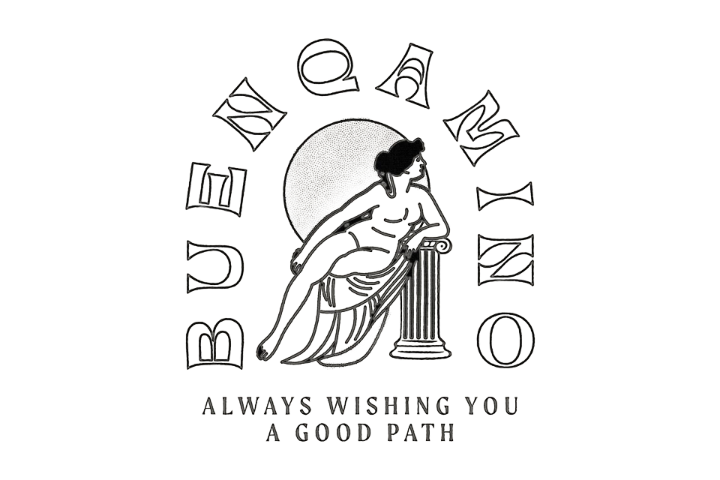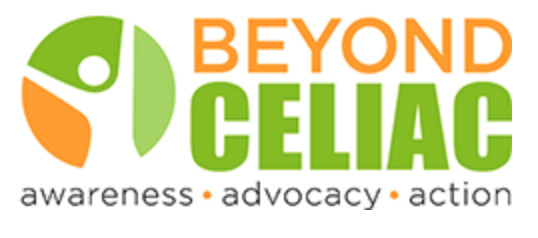CELIAC, GLUTEN, DAIRY FREE TRAVEL GUIDE: How to Survive a trip with Celiac and Food Allergies, or Sensitivities
Traveling with Celiac Disease or food sensitivities is something that can be anxiety provoking. However, with the right tools and resources, it is not only doable, but extremely enjoyable. Here's how...
1. Do Your Research
What is the food like where are you going? What are the general ingredients used in the traditional meals there? I like to research the cuisine, and find the plates that are naturally and unmistakingly allergen-free.
Are there gluten-free or allergen-friendly brands or restaurants in the country you’re visitings? Are there grocery stores nearby where you are staying? I research Celiac and other Allergen-Friendly Associations to see what information they have posted (sometimes they even host gatherings!). I also like to look at other blogs that might have written posts on the country or City I am visiting.
I also research English-speaking hospitals and clinics in the area .... Just in case. This research will save you a lot of stress later on, and you can enjoy your trip with much less food related stress.
2. Carry a Translation Card for food allergies, drug allergies, diet restrictions
This is extremely helpful to carry around so that the person serving you food, or offering you any service is aware of your allergies or restrictions. The translation isn’t a simple Google Translation, but rather put in terms the person from that country will understand. Also, no one wants to purposefully make your dining unpleasant, and this will take away the potential for much back and forth confusion. Keep in mind that you are their guest too.
3. Learn the Language
Unfortunately, not everyone is literate in this world (consider only 86% of us in the USA are). With that said, you may want to learn a phrase or two, or at least know how to say gluten, dairy or any other allergen items in that language. Plus, it’s just nice. You can begin learning most languages for free using one of my favorite apps, Duolingo.
4. Medication(s), or other Supplements
I bring my EpiPen wherever I go, because I have a history of anaphylaxis. I also use Digestive Enzymes, and carry Activated Charcoal in case I accidentally ingest something I am allergic to, Benadryl in case I break out into hives, Excedrin for my fun migraines, Elemental Magesium for regularity, Methyl B12 for my MTHFR/energy, an inhaler for my seasonal asthma, and sodium/electrolyte supplements for my POTS. Bring what you need because medical help may not be readily available.
5. Mobile Applications and Website Resources
There are plenty of food apps and websites out there that will tell you where to find allergen-friendly food. I personally like to use Find Me Gluten Free and The Coeliac Plate, which both list gluten-free restaurants/venues in each city.
6. Grocery Shop
Get to know your local grocery store, wherever you’re staying. You can buy whole foods to cook with, or to eat on the go. Sometimes, you might be surprised that they even have a gluten free or vegan section.
7. Private Kitchen
If it’s possible to have access to your own kitchen in a place you’re staying, whether that’s AirBnB, or a hostel, then you are able to buy your own ingredients locally and cook yourself a meal. You can also pack a spatula, wooden spoon, and parchment paper for the pots and pans to avoid cross contamination. I have a great time using local whole ingredients to create healthy meals.
8. Carry Food Staples
Depending on the trip, I like to carry some staples with me. These include, but are not limited to:
Nutrition bars - These saved me on the Camino, and other trips. Sometimes it’s difficult to get in the calories you need, and these help.
Sriracha - To spice things up. Wish I had brought this on the Camino!
GF soy sauce packets - Because it makes just about everything taste good, and it's harder to find abroad!
Rice Crackers - Easy to carry, dry and delicious!
Loaf of GF bread - I recommend this for shorter, and/or nearby trips. I sadly had mine squashed on flight to Iceland, and it looked like a framable footprint by the end of it.
9. Reusable Toaster / Grill Bags
These are great if you are staying in an AirBnB, hotel or visiting a cafe with a toaster, or grill. They prevent cross contamination! They are also great to toast or grill entire sandwiches in, holding all of the good stuff together.
10. Traveler's Insurance
My personal health insurance didn’t work when I ended up in the hospital in Japan. If I had travel insurance, I would've been at least reimbursed for the amount I had to pay out of pocket. I now know, and do better thanks to World Nomads Travel Insurance. I recently used it when I was hospitalized in Mexico, and they not only reimbursed me for my hospital visit, but they also reimbursed me for having to travel back home earlier than expected.
11. Food Sensitivity Test
I like to be 100% sure that I am not consuming anything that will cause an instant or delayed sensitivity, or allergic reaction. This is why I recently purchased an at-home Food Sensitivity Test from EverlyWell, which measures your body's response to over 96 foods.
12. Let NIMA do the dirty work for you...
All hail science. NIMA is a portable gluten and peanut sensor that tests your food for you, before you decide to munch on it. Now you can always be sure!
13. Feel like you accidentally consumed gluten?
Getting sick on a trip can happen, and now we are finally able to rule out if gluten was the culprit, with Gluten Detective. They have both urine and stool tests that are easy to pack and use.
I do not let Celiac Disease and my other food sensitivities stop me from traveling, and neither should you. It is my hope that this guide provides you with the necessary tools to travel stress-free, with a full belly at all times.
As always,
Buen Camino!
P.S. One more tip for the road...
14. Meditate
I know stress and anxiety exacerbate my allergy reactions. I recommend meditating, especially when traveling, to keep you calm and relaxed as you taste your way around the world.










